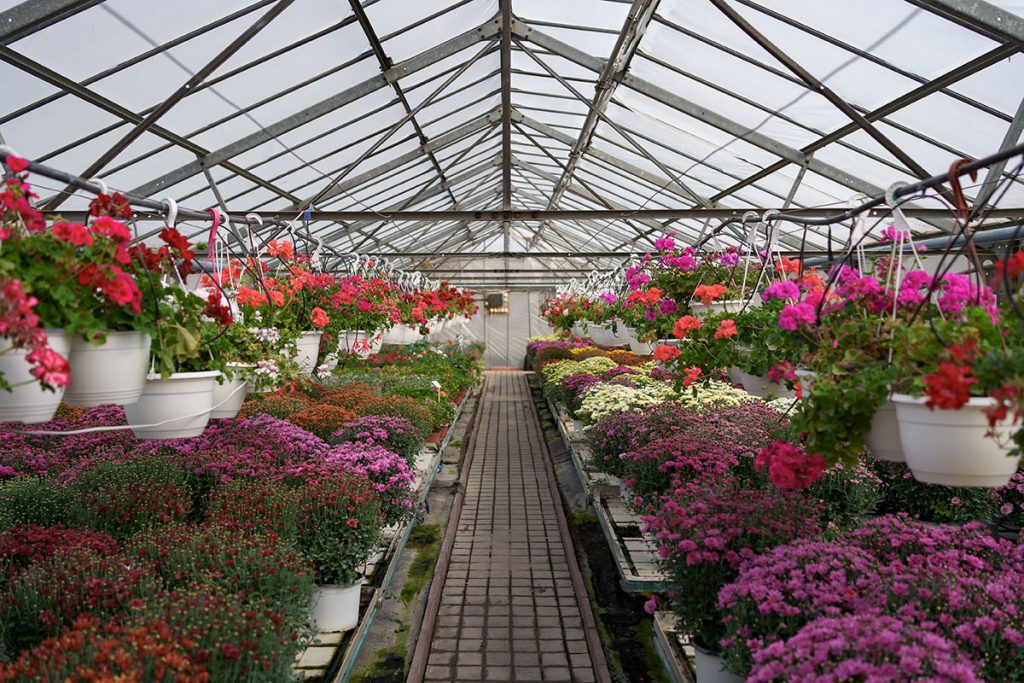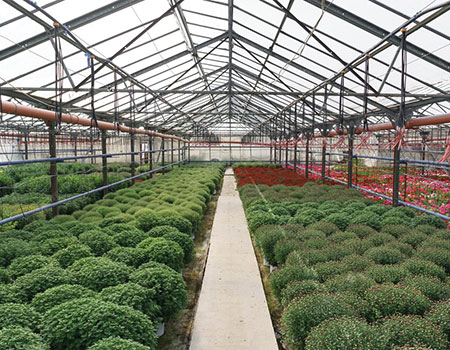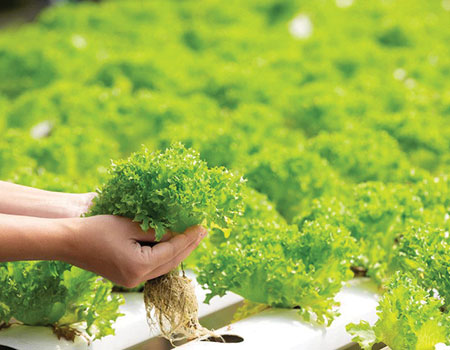Need and Future of Indoor Farming in India

Many people might have a question that “Why does India need Vertical Farming if it holds the second largest agricultural land globally?”
Well it is true that India is blessed with arable land area of 159.7 million hectares (394.6 million acres) is the second largest in the world, after the United States and its gross irrigated crop area of 82.6 million hectares (215.6 million acres) is the largest in the world. Despite this many Indian farmers are suffering today and getting very low yield and poor productivity. Some of the major reasons for this are poor infrastructure, Less use of technology, mechanisation, marketing and supply chain and dependency on weather.
Moreover, heavy population pressure is the main cause of low productivity of Indian agriculture. India’s population touched 1.39 billion in 2021 (approx 17.7% of World population) and it is estimated that it will reach 1.5 billion by 2030 according to the UN Department of Economic and Social Affairs. To feed this increasing population it is extremely important to increase food production by a large percentage which cannot be done by traditional agricultural practices.
Another major issue is “Climate Change”, it has been increasingly threatening to long term food security as traditional agriculture practices are totally dependent on Climate. The predicted 1-2.5 degrees Celsius temperature rise by 2030 is likely to show serious effects on crop yields. High temperatures may reduce crop duration, permit changes in photosynthesis, escalate crop respiration rates and influence pest population.
So to protect the future of Indian agriculture and farmers we need to come up with efficient and sustainable practices such as Indoor Farming.
What is Indoor Farming?
Indoor farming, often referred to as indoor gardening, can be used on both small and large scales, in home and commercially. However, indoor farming has a particular popularity in large cities where plots of land, in any size, are not readily available for growing and farming.This method of farming often implements growing methods such as hydroponics and utilizes artificial Grow LED lights to provide plants with the nutrients and light levels required for growth.


What is Vertical Farming?
Vertical farming is the indoor farming practice of producing food in vertically stacked layers commonly integrated into other structures like a skyscraper, shipping container or repurposed warehouse. This practice requires artificial control of temperature, light, and humidity to succeed. Vertical Farms are modular and can be adjusted to fit any building. It can also feed more people than regular farming can because they grow 75 times more food per square foot than a traditional farm.
You may have a question like “Is Indoor Farming sustainable?” and “How Indoor farming will help?”
- Compared to traditional agriculture, indoor farming uses 70 to 95% less water and over 90% less land, while harvesting 80% more units of area.
- It allows farmers to produce crops all year round because all environmental factors are controlled using advanced technological products.
- It produces healthier and higher yields faster than traditional agriculture, and is resilient to climate change.
- It offers access to a clean and green source of food along with the freedom from pests, droughts,problem of biosecurity, reduced transportation cost, and reduced depletion of fossil fuels.
For a country like India suffering from population crisis and climate change, Indoor farming can prove to be beneficial for all stakeholders in the long run.
